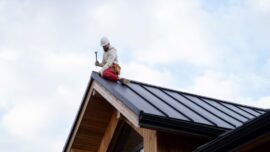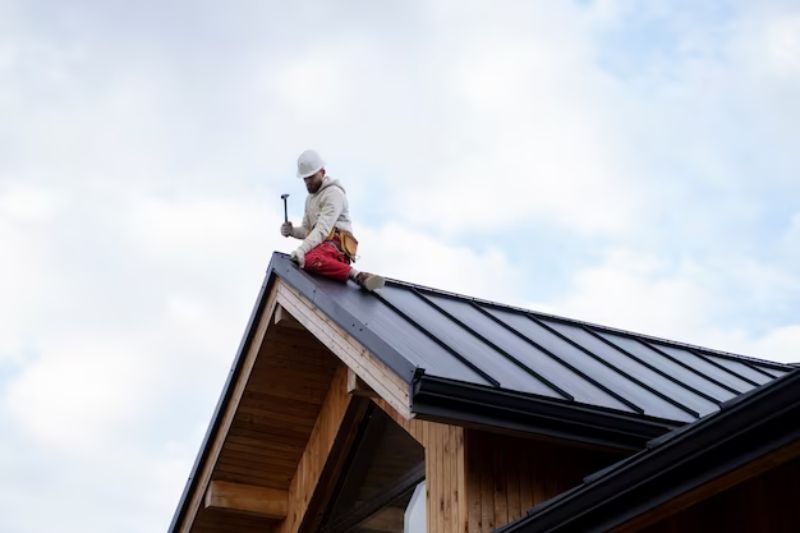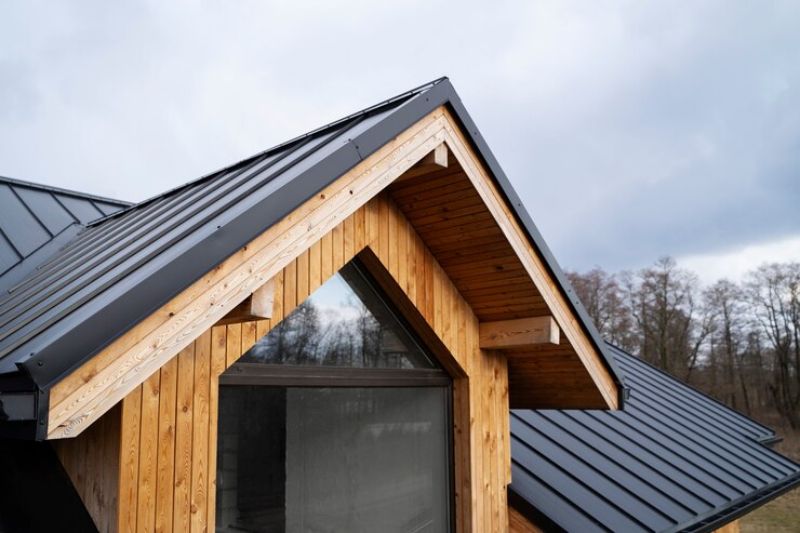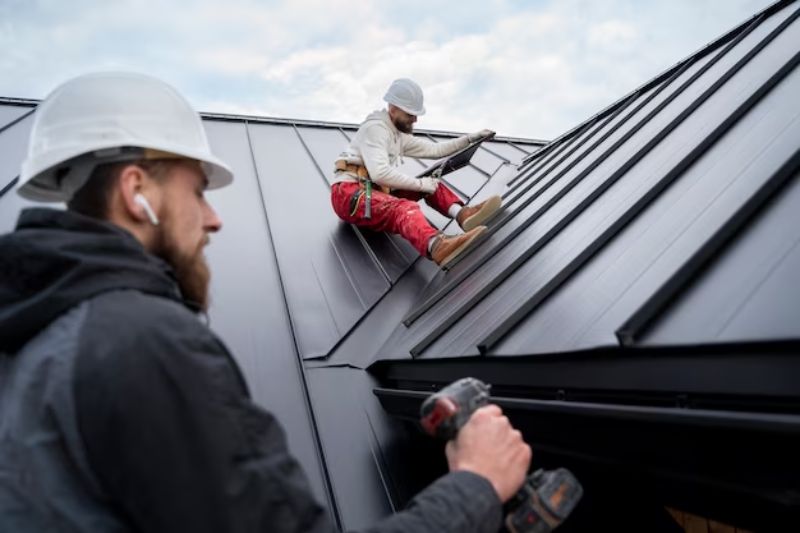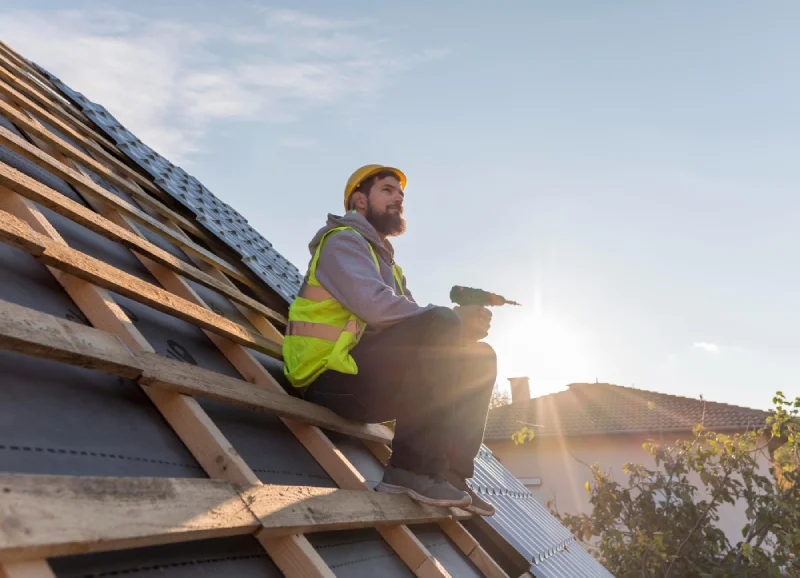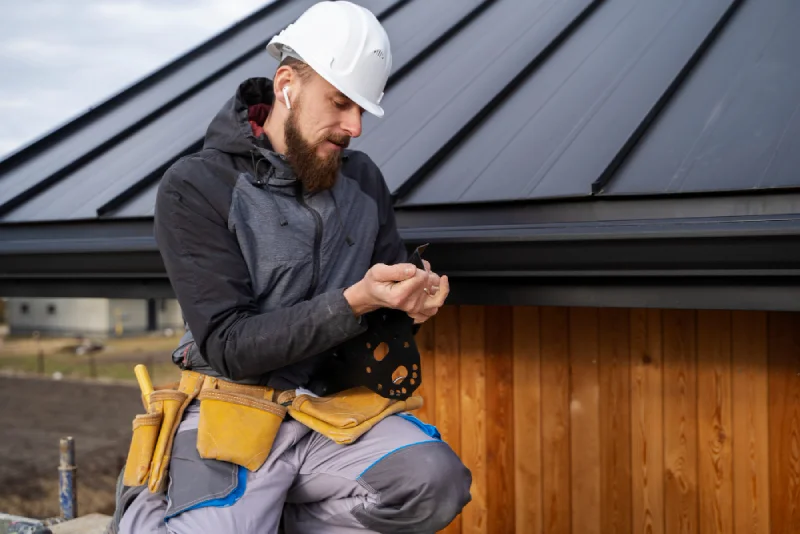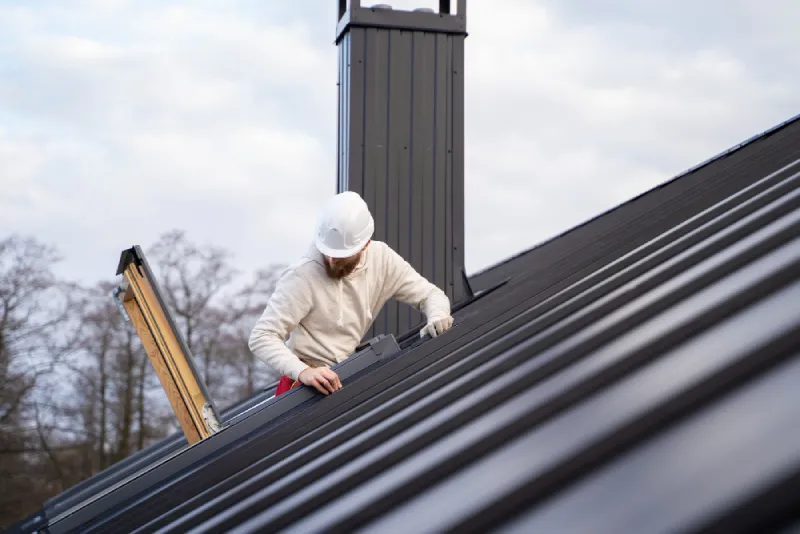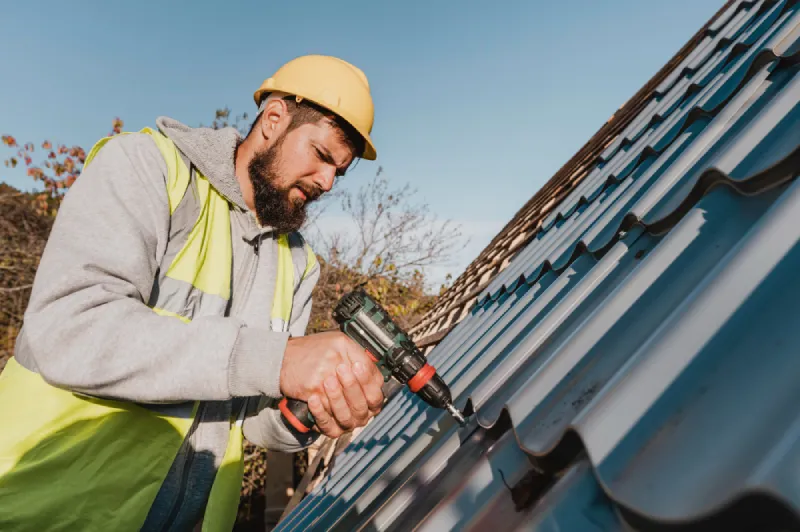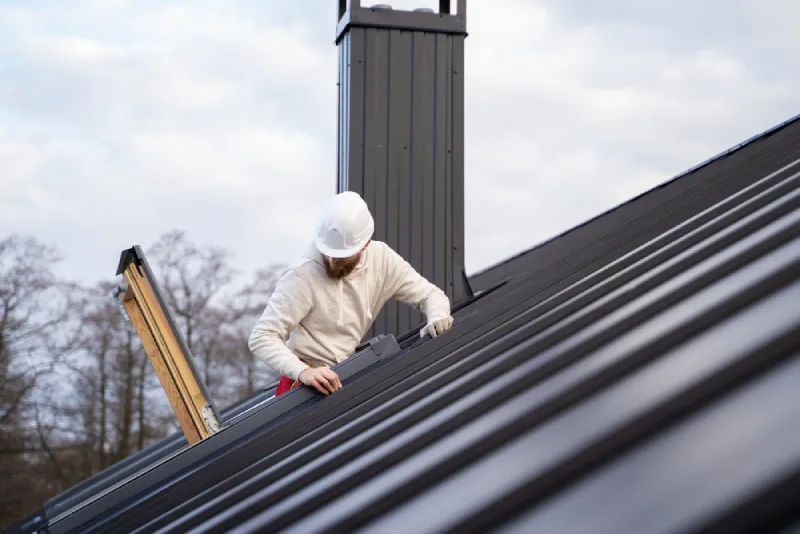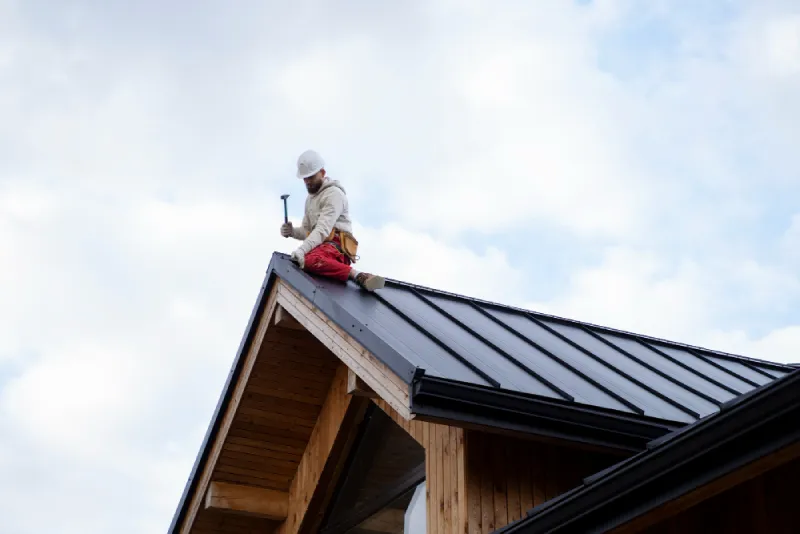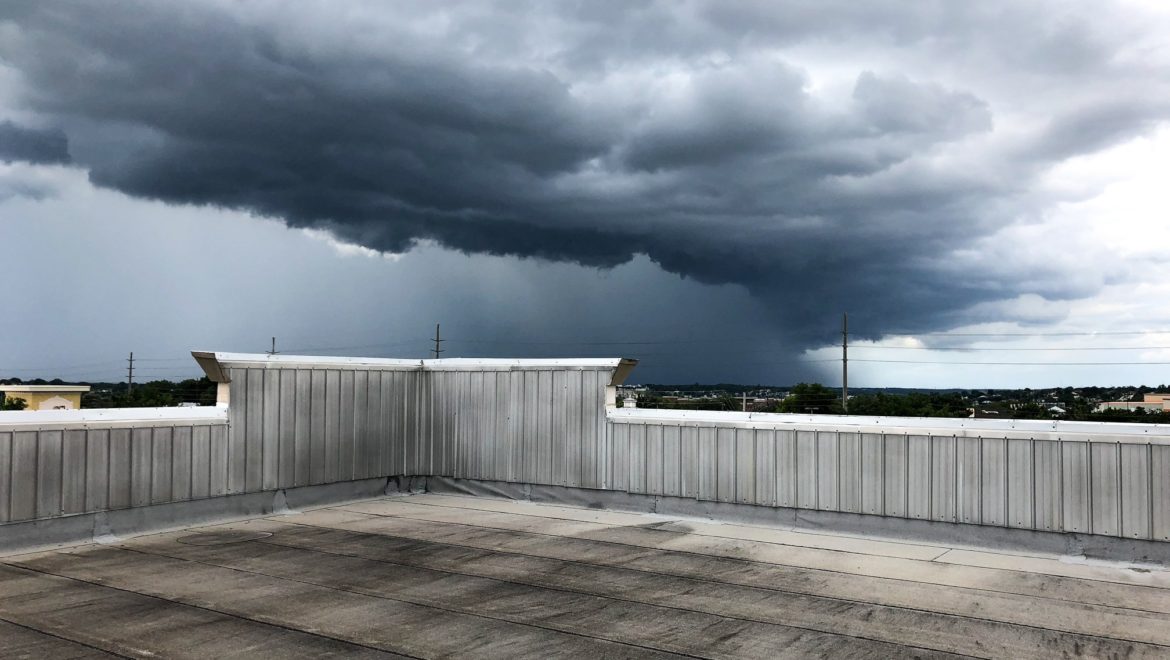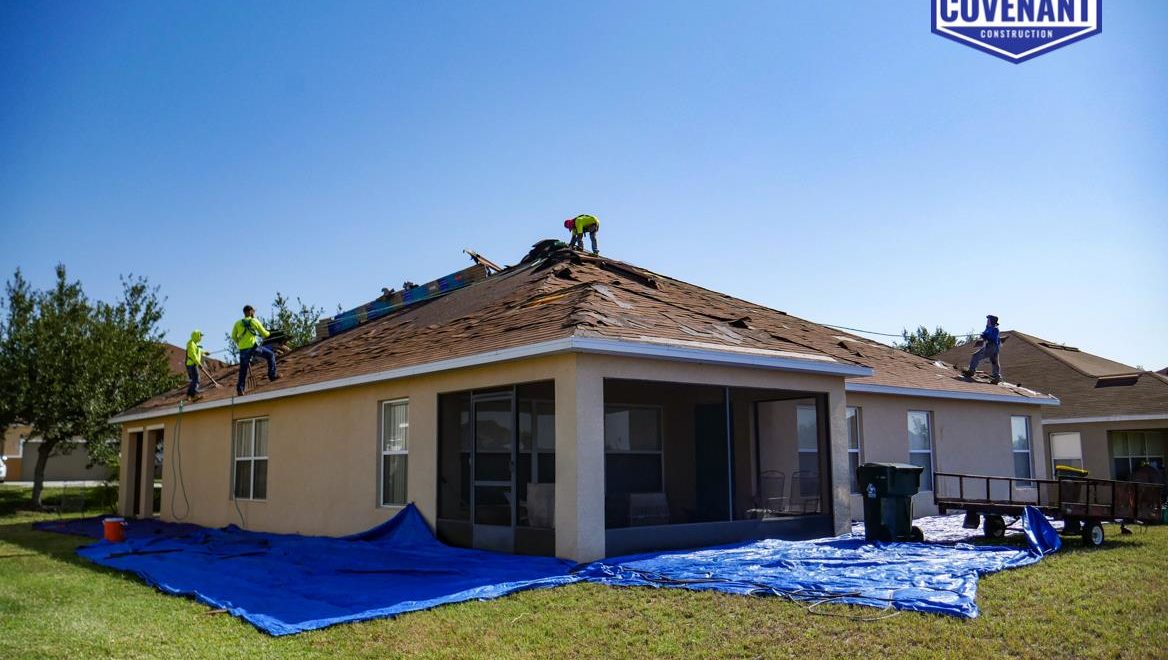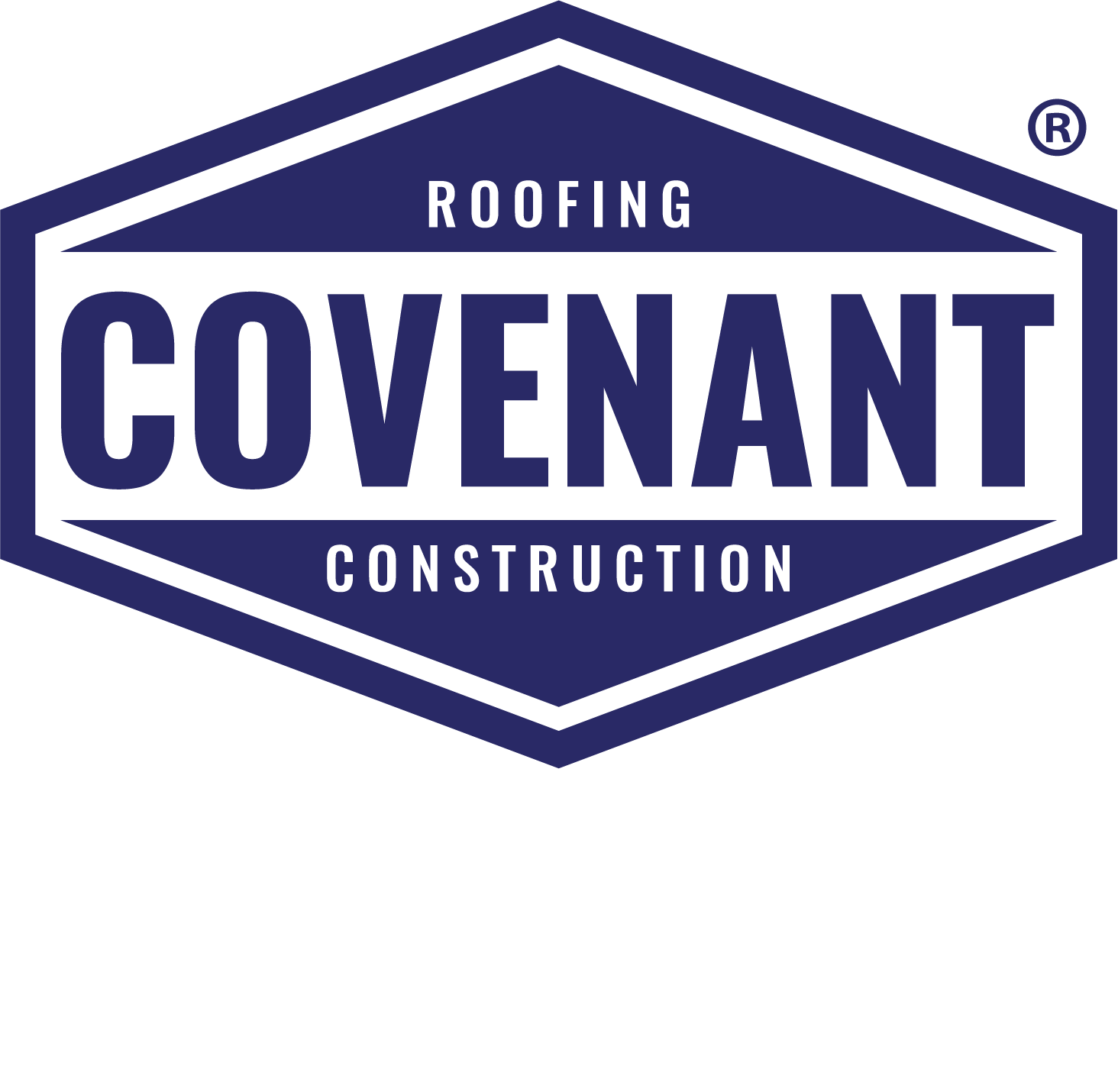Exploring TPO Membrane Roof: Benefits and Costs
TPO (Thermoplastic Polyolefin) roofing has emerged as a compelling choice for building owners, offering a winning combination of durability, energy efficiency, and cost-effectiveness. In today’s eco-conscious world, finding roofing solutions that balance performance and environmental impact is paramount. TPO, with its bright white reflective surface, is designed to repel the sun’s heat, translating into significant energy savings during hot summer months. But is TPO the right fit for your building?
In this article, we’ll delve into the realm of the TPO membrane roof, explore its attributes, and help you determine if it’s the ideal choice for your property’s roofing needs.
TPO Roofing Essentials
TPO roofing is a prevalent choice for commercial roofing systems, renowned for its remarkable combination of attributes. Here, we’ll discuss TPO roofing installation and how it can save you money.
TPO Roofing Installation
TPO roofing installation is a systematic process that includes the following steps:
- Prepare the Substrate — Begin by preparing the existing roof substrate. This may involve cleaning or removing the old roof, ensuring a clean and stable surface.
- Install Insulation — Choose from various insulation options, such as Polyisocyanurate (Polyiso), Expanded Polystyrene (EPS), or Extruded Polystyrene (XPS). Insulation helps with energy efficiency.
- Apply TPO Membrane — The TPO membrane roof is then applied to the cover board. It can be attached using a bonding adhesive or mechanically fastened, depending on the specific project requirements.
- Seam Welding — Heat-weld the seams of the TPO membrane roof to create a continuous, watertight seal. This step is crucial for preventing leaks and ensuring the roof’s integrity.
How TPO Roofing Saves Money
TPO roofing can contribute to cost savings in several ways. Its bright white and highly reflective surface can reflect UV rays and heat from the establishment, reducing energy usage for cooling during the summer months. This reflective property can lead to significant energy savings. Additionally, TPO roofing is a cost-effective choice for roofing materials and installation, making it a wise financial investment for commercial property owners.
Costs and Longevity
When considering a TPO membrane roof for your commercial building, it’s crucial to understand the costs and longevity associated with this popular roofing system. This section will explain TPO roofing costs and how long you can expect a TPO roof to last.
TPO Roofing Costs
The cost of TPO roofing can vary depending on several factors, including the size of your roof, insulation choice, membrane choice, and installation options. On average, TPO roofing installation costs range from $6 to $12 per square foot. However, it’s essential to note that roofing material prices can fluctuate, impacting the overall cost. Therefore, it’s advisable to obtain quotes from roofing contractors for accurate pricing based on your specific project.
How Long Does TPO Roofing Last?
TPO roofing systems are recognized for their durability. When properly installed and maintained, a commercial TPO roof can last up to 30 years. This longevity makes TPO an attractive choice for building owners looking for a cost-effective and long-lasting roofing solution.
It’s essential to perform regular inspections and maintenance to extend the lifespan of your TPO roof. Additionally, factors such as climate, maintenance practices, and the quality of installation can influence the actual lifespan of your TPO roofing system.
Advantages of TPO Roofing
TPO membrane roof offers numerous advantages for commercial building owners. Understanding these benefits can aid you in making an informed decision when considering TPO roofing for your property. Here are the key advantages:
- Energy Efficiency: TPO roofs are typically bright white and highly reflective. This reflective surface helps to bounce back UV rays and heat from the building, resulting in reduced energy consumption for cooling during hot summer months.
- Durability: TPO roofing is recognized for its durability and resistance to various environmental factors, including UV exposure, chemicals, and punctures. It can endure harsh weather conditions, making it suitable for a wide range of climates.
- Longevity: When properly installed and maintained, TPO roofing systems can last up to 30 years. This longevity lessens the need for frequent replacements, saving building owners money in the long run.
- Fire Resistance: TPO membranes can achieve Class A fire resistance ratings. By adding fire-retardant chemicals during manufacturing, TPO roofs can enhance fire safety.
- Customizable Insulation: TPO roofing systems do not include insulation by default, allowing building owners to choose from various insulation options to meet their specific needs and energy efficiency goals. The U.S. Department of Energy (DOE) encourages such flexibility in roofing systems to promote energy-efficient building practices.
- Reflective Properties: The naturally reflective properties of the TPO membrane roof help keep the building’s interior cooler. This not only lowers energy costs but also enhances occupant comfort.
TPO Roof Repair

Maintaining the integrity of your TPO membrane roof system is essential to ensure its longevity and functionality. Here, we’ll present the basics of TPO roof repair, including repair options for different levels of saturation and common repair techniques.
Basics of TPO Roof Repair
TPO roof repair involves addressing issues such as seam failures, punctures, or water leaks. These repairs are essential to prevent further damage and extend the life of the roofing system. Proper repair techniques and materials are crucial to maintain the TPO roof’s performance.
Repair Options for <25% Saturation
When the saturation of a TPO membrane roof is less than 25%, it is often possible to perform less extensive repairs to address specific issues. Repair options for roofs with low saturation levels typically include:
- Silicone Restoration Membrane: In cases of minor damage, a silicone restoration membrane system can be applied. This involves removing and replacing damaged sections, power washing, cleaning the roof’s surface, and reinforcing seams. The entire field of the roof is then coated with a silicone material. This approach can extend the roof’s life and often comes with a new warranty.
Repair Options for >25% Saturation
For TPO roofs with greater than 25% saturation, more extensive repair options may be necessary to address the increased water infiltration and potential damage. Repair options for roofs with higher saturation levels may include:
- Partial Replacement: In cases of moderate to severe saturation, sections of the TPO membrane roof may need to be replaced. This involves removing the damaged sections and installing a new TPO membrane in their place. Proper installation and seam welding are crucial to ensure the repair’s effectiveness.
- Complete Roof Replacement: If the TPO roof has extensive saturation or widespread damage, a complete roof replacement may be the most cost-effective and long-term solution. This involves removing the existing TPO membrane roof, inspecting the underlying insulation and decking, and installing a new TPO roofing system.
TPO vs. Other Roofing Systems
When comparing TPO with other commercial roofing systems, several factors come into play. TPO has gained popularity in the roofing industry, but how does it stack up against alternatives?
How Does TPO Compare with Other Commercial Roofing Systems?
Let’s consider the following vital aspects below:
- TPO vs. EPDM (Rubber Roofing): TPO roofs are naturally reflective and energy-efficient, while EPDM roofs are typically black and absorb heat. TPO can offer better energy savings, making it a preferred choice in sunny climates.
- TPO vs. PVC (Polyvinyl Chloride): TPO and PVC are both thermoplastic membranes, but TPO is more cost-effective. PVC is known for its chemical resistance and is often chosen for roofs that may come into contact with chemicals.
- TPO vs. Built-Up Roofing (BUR): TPO is a single-ply system, while BUR involves multiple layers. TPO is faster to install and more lightweight, reducing structural stress.
- TPO vs. Metal Roofing: TPO is often preferred for its energy efficiency, while metal roofing can be noisy during rain or hailstorms. Metal roofs are more durable but may require insulation for energy efficiency.
- TPO vs. Modified Bitumen: TPO is a single-ply system with seams welded together, offering better waterproofing. Modified bitumen involves multiple layers and heat-sealed seams.
Conclusion
TPO membrane roof stands out as a versatile and cost-effective choice for commercial building owners. Its exceptional attributes, including energy efficiency, durability, and longevity, make it a compelling option. By understanding the installation process, repair options, and comparisons with other roofing systems, property owners can make informed decisions to ensure the protection and longevity of their investments.
At Covenant Roofing, we specialize in roofing solutions tailored to your needs. If you’re considering TPO roofing for your property, contact us today to explore how we can assist you with its installation and maintenance. Your durable and energy-efficient roofing solution awaits!


